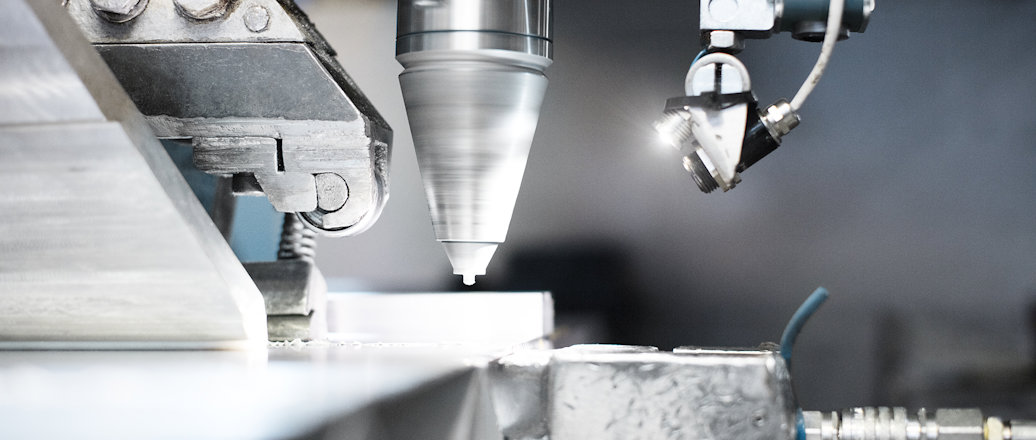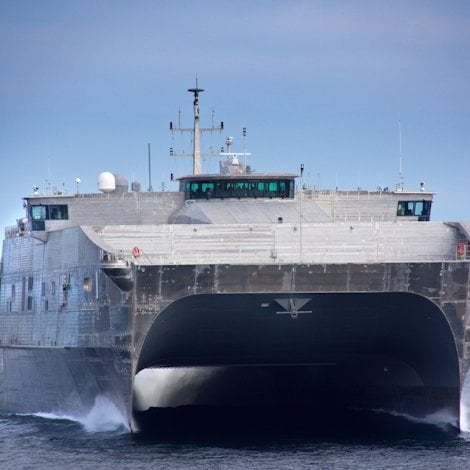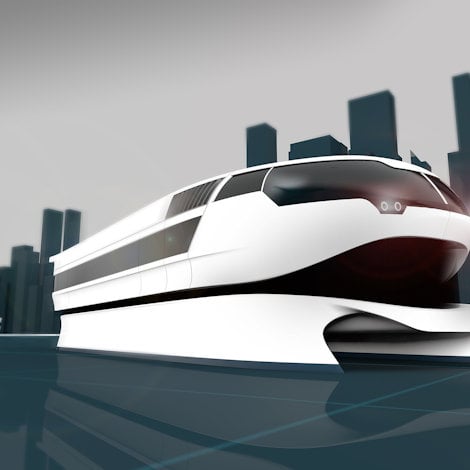Tips to joining aluminium with other materials
The joining of aluminium to other materials is becoming increasingly important, particularly in the automotive industry, where aluminium alloys are being applied more than before.
Joining dissimilar materials is generally more difficult than joining the same material – or alloys with minor differences in composition – and the number of applicable joining techniques decreases. However, in most cases, dissimilar materials can be successfully joined using an appropriate joining method and properly adapted processing conditions.
Applicable joining processes for aluminium to other metals may be:
- Fusion arc welding processes
- Other fusion welding processes such as beam welding or resistance welding
- Solid-state joining processes
- Brazing and soldering
- Mechanical joining processes
- Adhesive bonding
When aluminium must be joined to other types of materials – plastics, composites, ceramics – fusion welding methods cannot be applied.
Each joint special
A basic rule is that there is not a single process or a set of processing parameters which is best for all material combinations or which fits all performance requirements. Each process has its advantages and limitations. Consequently, each dissimilar material joint is best viewed as a special application with unique requirements.
Extensive qualification tests may often be necessary and time will show which joining techniques will be most successful for joining specific material combinations.
Factors to consider
A number of factors must be taken into consideration when designing a dissimilar material joint. These include:
- Material combination and performance requirements
- Joint design and material thicknesses
- Thermal expansion-contraction mismatch during joining and in service
- Potential for galvanic corrosion problems in service
- Fixturing requirements and constraints regarding joining stresses
Depending on the specific joining process, additional factors have to be considered, too, for instance in the case of fusion welding. These include:
- Differences in melting temperature
- Formation of brittle intermetallic compounds during joining which may lead to brittle joints
- Heating and cooling rate effects on the microstructure of the joint
- Need for pre- and post-heating to minimize stresses during welding and cooling
- Need for composite transition materials or special filler materials during joining
With respect to the automotive market, the most important task is joining aluminium to steel. But the wish to produce innovative lightweight products has also raised interest in the production of structural joints between aluminium and plastics as well as carbon fiber-reinforced composites.
Source: European Aluminium








